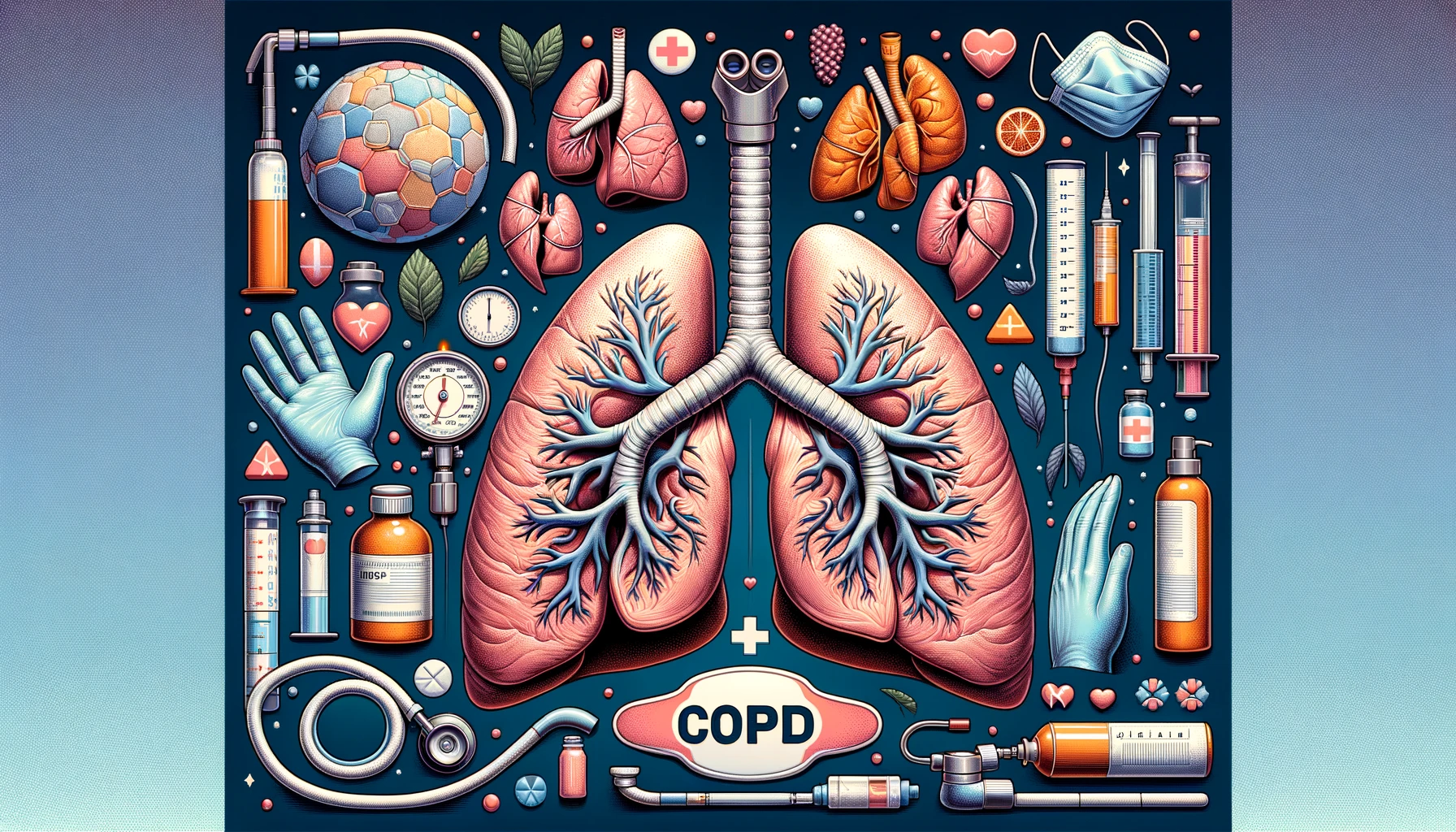Asthma is a chronic respiratory condition characterized by airway inflammation and hyperresponsiveness, leading to recurrent episodes of wheezing, breathlessness, chest tightness, and coughing.

Blog
Nursing Care Plan for Asthma: Comprehensive Guide
Asthma is a chronic respiratory condition characterized by airway inflammation and hyperresponsiveness, leading to recurrent episodes of wheezing, breathlessness, chest tightness, and coughing. Developing an effective nursing care plan (NCP) is crucial for managing asthma and improving patient outcomes. This comprehensive guide explores the essential components of a nursing care plan for asthma, including assessment, interventions, and evaluation.
Asthma is a chronic disease that affects the airways in the lungs. It is characterized by inflammation and narrowing of the airways, which can cause difficulty in breathing. Asthma can be triggered by various factors, including allergens, respiratory infections, exercise, cold air, and stress. Understanding the pathophysiology of asthma is essential for developing an effective nursing care plan.
A thorough nursing assessment is the foundation of an effective care plan for asthma. This assessment includes gathering patient history, conducting a physical examination, and evaluating symptoms and triggers.
1. History of Asthma: Determine the age of onset, frequency of asthma attacks, and any previous hospitalizations or emergency room visits. 2. Allergen Exposure: Assess exposure to common allergens such as pollen, dust mites, pet dander, and mold. 3. Medications: Review the patient's current medications, including any asthma inhalers, corticosteroids, or bronchodilators. 4. Environmental Factors: Identify any environmental factors that may contribute to asthma, such as smoking, pollution, or occupational exposures. 5. Lifestyle Factors: Evaluate the patient's diet, exercise habits, and stress levels, as these can impact asthma management.
1. Respiratory Rate and Pattern: Observe the patient's breathing rate, pattern, and use of accessory muscles. 2. Lung Sounds: Auscultate the lungs for wheezing, crackles, or diminished breath sounds. 3. Oxygen Saturation: Measure oxygen saturation levels using pulse oximetry to assess oxygenation. 4. Peak Flow Measurement: Use a peak flow meter to measure the patient's peak expiratory flow rate (PEFR), which helps assess the severity of airway obstruction.
Assessing the patient's symptoms is crucial for diagnosing asthma and determining its severity. Common symptoms of asthma include: Wheezing, Shortness of breath, Chest tightness, Coughing, especially at night or early morning and Increased mucus production.
Effective nursing interventions for asthma focus on relieving symptoms, preventing exacerbations, and promoting overall respiratory health. These interventions include medication management, patient education, and environmental control.
1. Bronchodilators: Short-acting beta-agonists (SABAs) such as albuterol provide quick relief by relaxing the muscles around the airways. Long-acting beta-agonists (LABAs) are used for long-term control. 2. Corticosteroids: Inhaled corticosteroids (ICS) reduce airway inflammation and prevent asthma exacerbations. Oral corticosteroids may be prescribed for severe cases. 3. Leukotriene Modifiers: Medications such as montelukast help reduce inflammation and bronchoconstriction by blocking leukotrienes.
1. Medication Use: Teach patients how to properly use inhalers, spacers, and nebulizers. Ensure they understand the difference between rescue and maintenance medications. 2. Trigger Identification and Avoidance: Help patients identify their asthma triggers and develop strategies to avoid or minimize exposure. 3. Action Plan: Develop a personalized asthma action plan that outlines steps to take during an asthma attack, including when to seek medical help. 4. Symptom Monitoring: Encourage patients to regularly monitor their symptoms and peak flow readings to detect early signs of worsening asthma.
1. Allergen Reduction: Advise patients to use allergen-proof mattress and pillow covers, wash bedding in hot water, and reduce indoor humidity to prevent dust mites and mold. 2. Smoke-Free Environment: Educate patients and their families about the importance of a smoke-free environment. Encourage smoking cessation for smokers in the household. 3. Air Quality Improvement: Suggest the use of air purifiers and regular cleaning to reduce indoor air pollutants. Advise patients to stay indoors on days with high pollen or pollution levels.
Regular evaluation of the nursing care plan is essential to ensure its effectiveness and make necessary adjustments. Evaluation involves monitoring patient outcomes, reassessing symptoms, and reviewing the patient's adherence to the care plan.
Track the patient's progress by regularly measuring peak flow readings, oxygen saturation levels, and symptom frequency. Compare these measurements to baseline values to assess improvement or worsening of asthma control.
Conduct periodic reassessments of the patient's symptoms and respiratory status. Ask about any recent asthma attacks, changes in symptom patterns, and overall well-being.
Review the patient's adherence to the prescribed medication regimen, asthma action plan, and lifestyle recommendations. Address any barriers to adherence, such as difficulty using inhalers or forgetting to take medications.
Based on the evaluation findings, make necessary adjustments to the nursing care plan. This may include modifying medication dosages, updating the asthma action plan, or providing additional education and support.
Developing and implementing a comprehensive nursing care plan for asthma is essential for managing this chronic respiratory condition and improving patient outcomes. By conducting thorough assessments, implementing effective interventions, and regularly evaluating patient progress, nurses can play a pivotal role in helping patients achieve better asthma control and enhanced quality of life. Continuous education and support are key to empowering patients to manage their asthma effectively and prevent exacerbations.
Asthma is a chronic disease that affects the airways in the lungs. It is characterized by inflammation and narrowing of the airways, which can cause difficulty in breathing. Asthma can be triggered by various factors, including allergens, respiratory infections, exercise, cold air, and stress. Understanding the pathophysiology of asthma is essential for developing an effective nursing care plan.
A thorough nursing assessment is the foundation of an effective care plan for asthma. This assessment includes gathering patient history, conducting a physical examination, and evaluating symptoms and triggers.
Effective nursing interventions for asthma focus on relieving symptoms, preventing exacerbations, and promoting overall respiratory health. These interventions include medication management, patient education, and environmental control.
Need Personalized Health Guidance?
Get expert advice tailored to your specific health needs from our qualified healthcare professionals.





